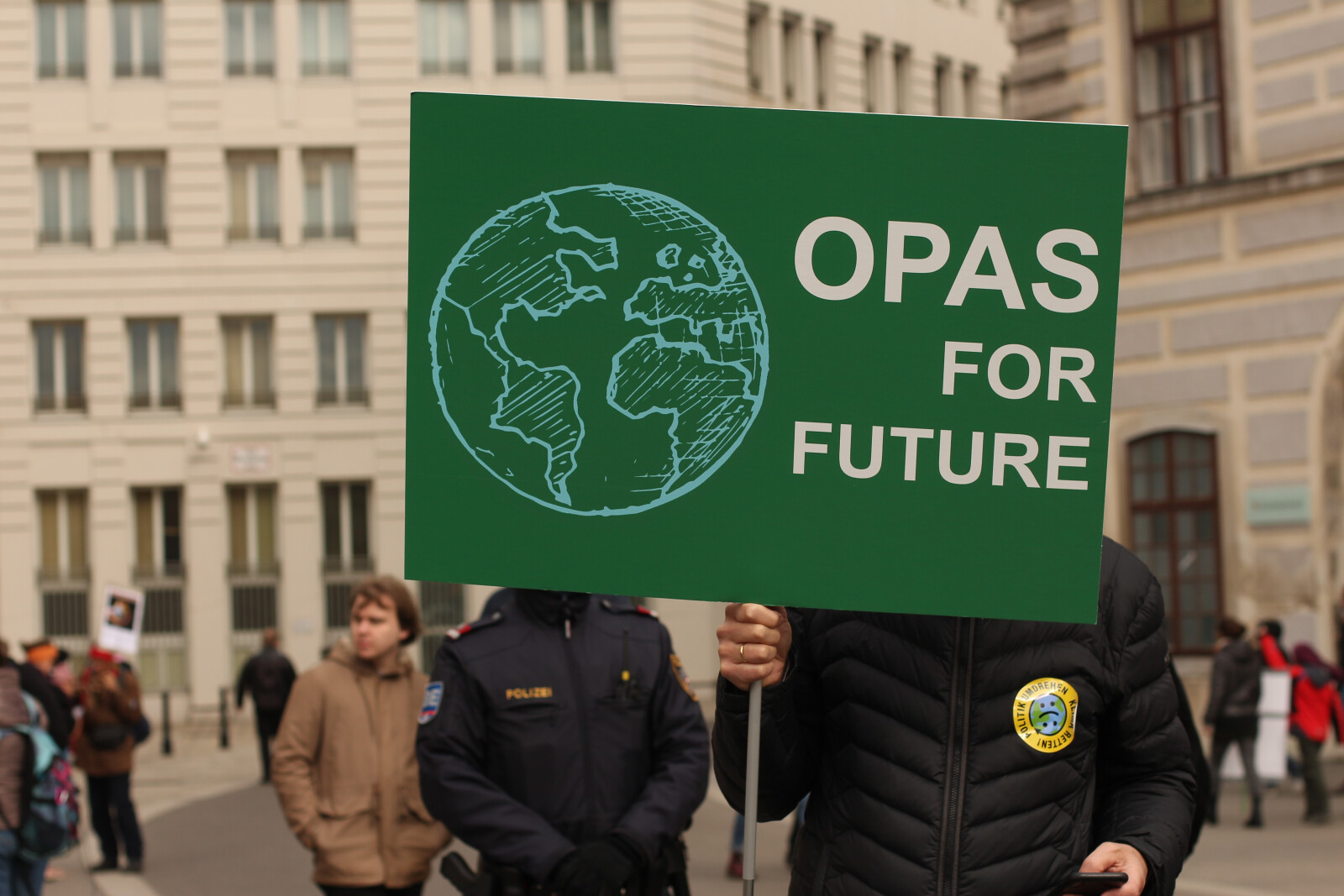The Top Climate Change Class Actions You Need to Know
Climate change is one of the most pressing issues facing our planet today, and it has sparked a wave of legal action around the world. As temperatures continue to rise and extreme weather events become more frequent, individuals and organizations are turning to the courts to hold governments and corporations accountable for their role in contributing to this crisis. Climate change class actions have emerged as a powerful tool in this fight, allowing large groups of people to come together and demand action on behalf of all those affected by climate change.

In this article, we will explore some of the top climate change class actions that you need to know about. From holding fossil fuel companies accountable for their contributions to climate change, to suing governments for their inaction in addressing this crisis, these cases represent some of the most important legal battles being fought today. We will also examine the legal frameworks behind these cases and what they mean for the future of climate litigation. By understanding these cases and their implications, we can better understand how the law can be used as a tool for positive social change.
The Rise of Climate Change Class Actions
The rise of climate change class actions can be attributed to the growing recognition of the adverse effects of anthropogenic activities on the environment, prompting an increased demand for legal redress. Climate change litigation has become a global phenomenon, with various lawsuits being filed against governments and corporations responsible for environmental degradation. It is evident that climate change is not only a scientific or environmental issue but also a legal and social one.
Climate change litigation seeks to hold governments and corporations accountable for their role in causing or exacerbating climate change. The lawsuits aim to force these entities to take necessary measures towards reducing greenhouse gas emissions, protecting vulnerable communities, and promoting sustainable practices. Such efforts are crucial in mitigating the impacts of climate change on human health, food security, economic stability, and biodiversity loss.
Despite the challenges faced by plaintiffs in pursuing climate change class actions such as jurisdictional issues, causation complexities, and lack of political will from some governments, there have been notable successes. For instance, in 2021 a Dutch court ordered Royal Dutch Shell to reduce its carbon emissions by 45% by 2030 compared to 2019 levels after a lawsuit was brought against it by environmental groups. This ruling sets an important precedent for future cases that may follow around the world.
Holding Fossil Fuel Companies Accountable
One approach to address the role of fossil fuel companies in contributing to climate change is through legal action, which seeks to hold them accountable for their past and current emissions. In recent years, there has been a rise in climate change class actions against fossil fuel companies across the world. These lawsuits argue that these corporations have known about the dangers of their products for decades but failed to take sufficient action or disclosed the risks adequately.
Some of the notable cases include Juliana v. United States, filed by young people in America against the federal government for failing to act on climate change; Lliuya v. RWE AG, brought by a Peruvian farmer against one of Germany's largest energy companies for its contribution to glacial melt; and City of New York v. BP PLC et al., where New York City sued five major oil companies seeking damages for costs associated with adapting to rising sea levels caused by global warming.
These lawsuits have sparked debates about fossil fuel responsibility and corporate accountability. Critics argue that such litigation could harm economic development while advocates believe it can prompt systemic change towards more sustainable practices. Regardless of the outcomes, they signal a growing awareness among citizens, investors, and policymakers about holding industries responsible for their environmental impact and advancing climate justice.
Suing Governments for Inaction
Legal action has been taken against governments worldwide for their inaction towards addressing climate change, as citizens and organizations argue that they have failed to fulfill their obligation to protect the environment and ensure a sustainable future. In recent years, several countries have faced lawsuits from individuals or groups seeking to hold them accountable for the devastating effects of climate change. These cases are based on the premise that governments have a responsibility to take necessary measures to mitigate greenhouse gas emissions and prevent further damage.
One notable example is the Urgenda case in the Netherlands, where an environmental group sued the Dutch government for failing to reduce carbon dioxide emissions by 25% below 1990 levels. The Supreme Court ruled in favor of Urgenda, stating that it was a violation of human rights for the government not to take sufficient action against climate change. Similarly, a group of young people filed a lawsuit against the U.S. federal government in Juliana v. United States, arguing that its failure to act on climate change violated their constitutional rights to life, liberty, and property.
These cases demonstrate how citizen activism can play an important role in holding governments accountable for their actions or lack thereof regarding climate change. As people become increasingly aware of the urgent need for action on this issue, they are turning towards legal means as a way of pushing for change at higher levels of governance. However, while these cases may set important precedents and create momentum towards greater government accountability on climate change issues, there is still much work left to be done before we can achieve meaningful progress towards sustainability.
The Legal Frameworks Behind Climate Litigation
Climate litigation is underpinned by a range of legal frameworks that aim to hold governments and corporations accountable for their contribution to global warming. Climate change lawsuits are based on various legal theories, including negligence, public nuisance, breach of contract, and constitutional rights. These legal challenges seek to force governments and corporations to reduce their greenhouse gas emissions and take necessary steps to mitigate the effects of climate change.
One of the most significant legal frameworks behind climate litigation is international law. The United Nations Framework Convention on Climate Change (UNFCCC) has been instrumental in shaping global efforts to address climate change. The Paris Agreement, adopted in 2015 under the UNFCCC, sets out a comprehensive framework for reducing greenhouse gas emissions and limiting global warming to well below 2 degrees Celsius above pre-industrial levels. This agreement has provided a basis for many climate-related lawsuits around the world.
In addition to international law, national laws also play an essential role in climate litigation. Many countries have enacted legislation aimed at tackling climate change, such as carbon pricing schemes or renewable energy targets. However, some argue that these laws do not go far enough and may even be inadequate in light of the severity of the crisis we face. As such, civil society groups are increasingly turning towards courts as a means of challenging government action or inaction on climate change through legal challenges based on domestic law.
Implications for the Future of Climate Action
The ongoing trend of climate litigation demonstrates the potential for legal action to play a significant role in addressing the urgent need for global climate action, while also highlighting the limitations of traditional political and economic avenues for change. Climate activism has led to an increase in public awareness about the devastating impacts of climate change and has spurred individuals and communities to take action. However, despite widespread public support for climate action, governments and corporations have been slow to implement meaningful policies and initiatives.
Climate litigation provides an alternative avenue for holding governments and corporations accountable for their contributions to climate change. By using legal frameworks such as human rights law, environmental law, and tort law, plaintiffs are able to bring cases that seek accountability from those who have caused harm or failed to act on climate change. While some cases have resulted in victories for plaintiffs, others have faced challenges including jurisdictional issues, standing requirements, and political interference.
Despite these challenges, the implications of climate litigation are significant. As more people become aware of their legal rights with regards to environmental protection, they may be more likely to engage in legal proceedings against entities responsible for contributing to climate change. This could lead to increased pressure on governments and corporations to take meaningful action towards reducing emissions and adapting to a changing climate. Additionally, successful cases could set important precedents that establish new legal responsibilities towards protecting our planet's future wellbeing.
Frequently Asked Questions
What are the most common types of damages sought in climate change class action lawsuits?
In climate change class action lawsuits, the most common types of damages sought are economic damages and injunctive relief. Economic damages include costs associated with property damage, loss of income, medical expenses, and mitigation efforts. Injunctive relief seeks court orders to stop or prevent future harm caused by defendants. However, proving causation in climate change cases can be challenging due to the complex nature of the issue and the burden of proof required. Plaintiffs must demonstrate that their injuries were caused by specific actions taken by defendants and not other factors such as natural disasters or human behavior outside of defendant's control.
How do plaintiffs typically prove causation in climate change class actions?
Proving causation in climate change class actions can be a complex process, requiring a substantial amount of scientific evidence to establish that the defendant's actions were the direct cause of the plaintiff's injuries. Typically, plaintiffs will need to present expert testimony and empirical data to demonstrate a clear link between the defendant's conduct and the harm suffered by the plaintiff. This may involve showing how increased greenhouse gas emissions have contributed to rising temperatures or more extreme weather patterns, leading to specific damages like property damage or health problems. In some cases, plaintiffs may also need to show that they are particularly vulnerable to these effects due to their location or other factors. Ultimately, proving causation is a critical element of any successful climate change class action lawsuit and requires careful attention to both legal and scientific details.
Are there any notable examples of successful climate change class action lawsuits outside of the United States?
Climate change class actions have been pursued in several countries outside the United States, with varying degrees of success. One notable example is the Urgenda Foundation v The State of Netherlands case, in which a Dutch court ruled that the government had not taken sufficient action to reduce greenhouse gas emissions and ordered it to cut emissions by at least 25% below 1990 levels by the end of 2020. This decision was based on both domestic law and international human rights law, highlighting the potential impact of cultural and political differences on climate change litigation. Another example is the case of Leghari v Federation of Pakistan, in which a Pakistani court ordered the government to take measures to mitigate the effects of climate change on vulnerable communities. These cases demonstrate that climate change class actions can be successful outside of the US, but also reflect unique legal systems and cultural contexts that may play a role in shaping judicial decisions.
How do legal costs and funding for climate change class actions compare to other types of litigation?
Legal funding and litigation expenses for climate change class actions are often higher than other types of litigation due to the complexity and scope of these cases. Climate change lawsuits may involve multiple parties, numerous legal jurisdictions, and significant scientific evidence. The high costs associated with expert witnesses, research, and discovery can be a barrier to pursuing such cases. However, some organizations have stepped in to provide funding for climate change litigation, including non-profit organizations like Earthjustice or private investors who see potential financial returns. Despite the challenges of financing these cases, the growing urgency of addressing climate change has led to an increase in lawsuits seeking accountability from governments and corporations responsible for contributing to global warming.
What role do international treaties and agreements play in climate change class actions?
International cooperation and treaty obligations play a significant role in climate change class actions. The United Nations Framework Convention on Climate Change (UNFCCC) and the Paris Agreement have set targets for reducing greenhouse gas emissions and limiting global temperature rise. These international agreements provide a framework for national governments to take action on climate change, but they also create legal obligations that can be enforced through domestic courts. For example, plaintiffs in the Urgenda case argued that the Dutch government had breached its duty of care by failing to reduce emissions in line with UNFCCC obligations. The court agreed and ordered the government to increase its emissions reduction target. Similarly, the landmark decision in the Juliana case held that young people have a constitutional right to a stable climate system, which requires government action consistent with the Paris Agreement. As such, international treaties and agreements can provide a basis for holding governments accountable for their contributions to climate change and ensuring that they take meaningful steps to address this global crisis.
Conclusion
The rise of climate change class actions has been a significant development in the legal world. These cases are designed to hold fossil fuel companies accountable for their contribution to global warming and to sue governments for their inaction on climate change. The legal frameworks behind these lawsuits are complex, but they have the potential to create real change in our fight against climate change.
One of the main challenges facing these lawsuits is proving causation between specific companies or governments and the effects of climate change. However, recent successes in court show that this may not be an insurmountable hurdle. As more people become aware of the devastating impacts of climate change, it is likely that we will see even more litigation aimed at creating meaningful action.
Climate litigation has important implications for the future of climate action. By holding companies and governments accountable, these lawsuits may help incentivize cleaner energy practices and promote regulation that aims to reduce greenhouse gas emissions. With time, it is possible that this type of litigation could lead to a shift towards renewable energy sources as well as other sustainable solutions. Overall, while there are still obstacles to overcome, there is reason for optimism when it comes to using litigation as a tool for fighting climate change.

This post has been generated by AI and was not reviewed by editors. This is Not legal advice. Please consult with an attorney.




